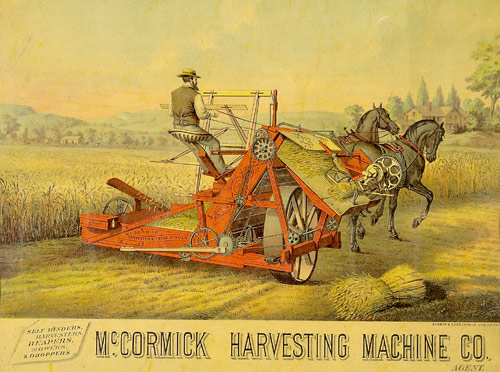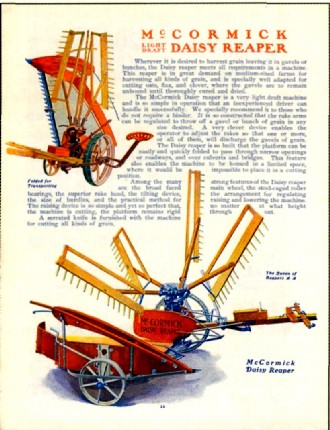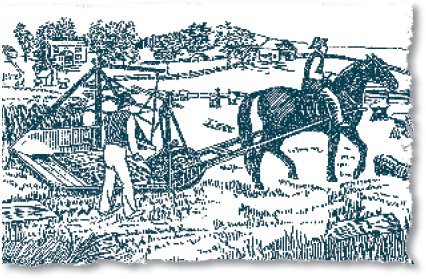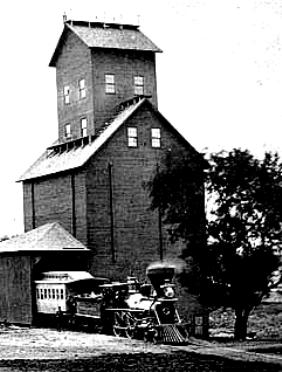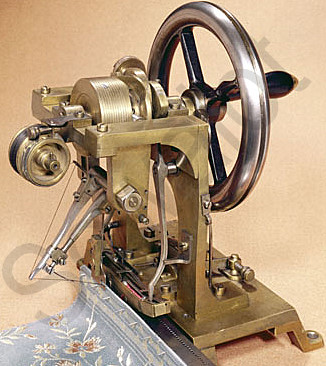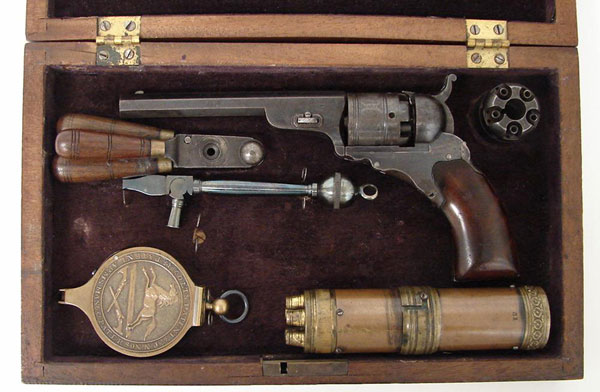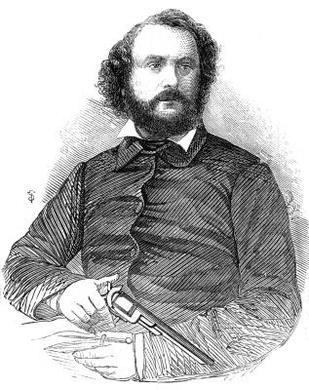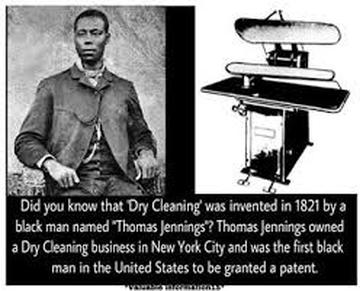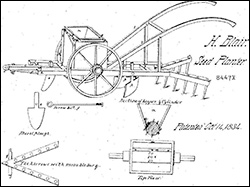American Industrial Revolution
Between 1800 and 1870, the United States transformed from a primarily agrarian culture dominated by small farms and small cottage enterprises to a powerhouse of industry. This transformation was driven by technological innovations which not only increasingly automated labor, but also had the effect of shifting the population from rural centers to urban areas. Although there were improvements in agricultural technologies which increased output and spurred demand internationally for the agricultural products of the South, ironically, this also increased the need for cheap labor and increased the in country slave trade. Changes in the Northern economy such as the explosion of factory manufacturing also produced an increased need for laborers; however, unlike in the South, this niche was filled by immigrants flocking to newly developing cities all along the eastern seaboard. These new changes added to existing regional resentments and contributed to the Civil War. As you explore the Cultural Change pages, keep in mind how each shift in societal norms influences the other.
Inventors and Inventions
Eli Whitney
Robert Fulton
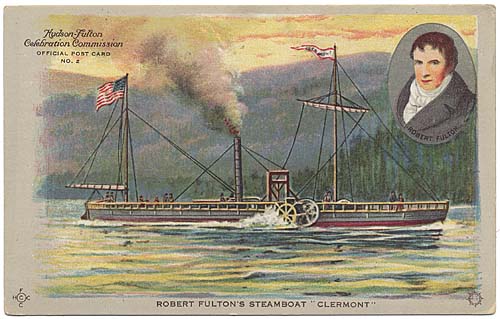
The "American Citizen" of August 17, 1807, says: - "Mr. Fulton's ingenious steamboat, invented with a view to the navigation of the Mississippi, from New Orleans upward, sails today from the North River, near State's Prison, to Albany. The velocity of the steamboat is calculated at four miles an hour. It is said it will make a progress of two against the current of the Mississippi, and if so it will certainly be a very valuable acquisition to the commerce of Western States." http://www.iment.com/maida/familytree/henry/history/clermont/
Cyrus McCormick
Your browser does not support viewing this document. Click here to download the document.
| |||||||
John Deere
Samuel F.B. Morse
|
|
Note: Some adult language
|
Charles Goodyear
Your browser does not support viewing this document. Click here to download the document.
| |||||||
|
|
|
Elias Howe
Josephine Cochrane
Your browser does not support viewing this document. Click here to download the document.
Samuel Colt
Thomas Jennings |
Henry Blair |
